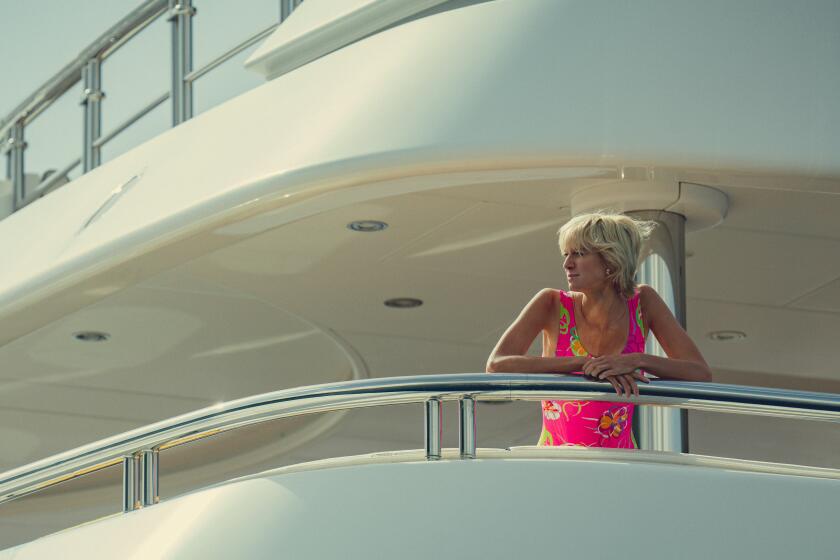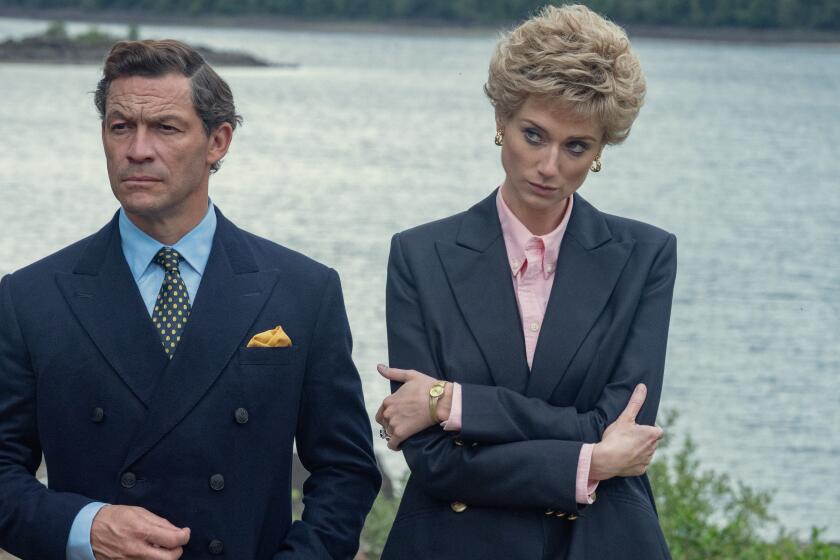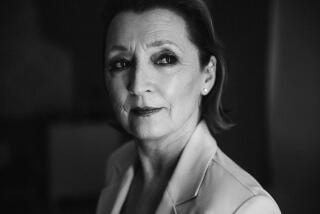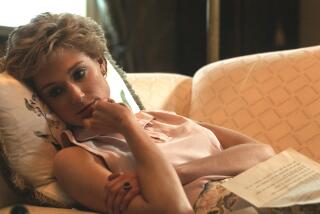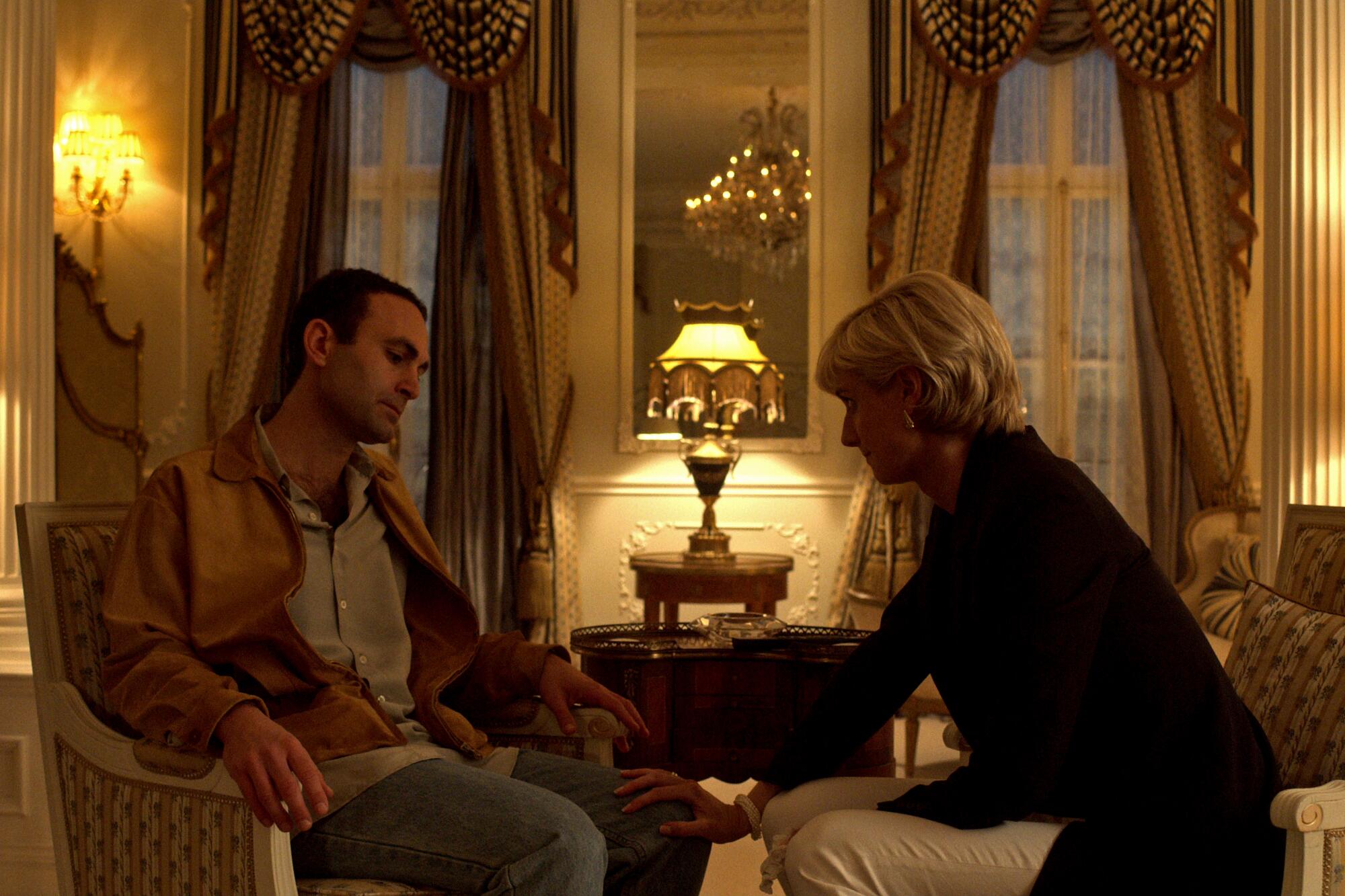
- Share via
The death of Diana, Princess of Wales, on Aug. 31, 1997, was one of those “where were you when you found out?” moments that looms large in the collective memory. A tragic turning point in a decade largely defined by celebrity scandal, her demise was as pivotal and era-defining as the assassination of John F. Kennedy more than 30 years earlier.
And it would prove to be nearly as contentious.
Since Diana, boyfriend Dodi Fayed and their driver, Henri Paul, were killed in a high-speed crash in a Paris tunnel while fleeing paparazzi, the exact nature of the couple’s relationship and the circumstances surrounding the accident have been exhaustively scrutinized and reexamined.

‘Tis the season for much more than gift exchanges, cocktail parties and cozy sweaters: The holidays bring with them a bumper crop of films and TV shows, and The Times is here as your guide. Through Sunday, we’re covering the key titles to watch this season, from late-breaking Oscar contenders and acclaimed TV dramas to holiday classics old and new. Hot cocoa sold separately.
Conspiracy theories have also run amok, encouraged by Dodi’s father, Egyptian billionaire Mohamed Fayed, who was the leading proponent of the baseless idea that the couple was assassinated by British intelligence because Diana was pregnant with Dodi’s child. (Mohamed Fayed died in August at age 94.)
Already chronicled in numerous books, documentaries, official investigations and narrative films, Diana’s final weeks and the media frenzy that followed her death take center stage in the final season of “The Crown,” which returned to Neftlix on Nov. 16. (It’s split into two parts, with the second installment coming Dec. 14.)
The first four episodes take place over summer 1997, as Diana (Elizabeth Debicki), now formally divorced from Charles (Dominic West), finds new purpose through a campaign against land mines. Eager to escape the gloom of England, where Charles is planning a lavish birthday party for Camilla (Olivia Williams), Diana accepts an invitation from Mohamed (Salim Daw) and heads to St.-Tropez, France, for a carefree holiday with her sons, Harry (Fflyn Edwards) and William (Rufus Kampa).
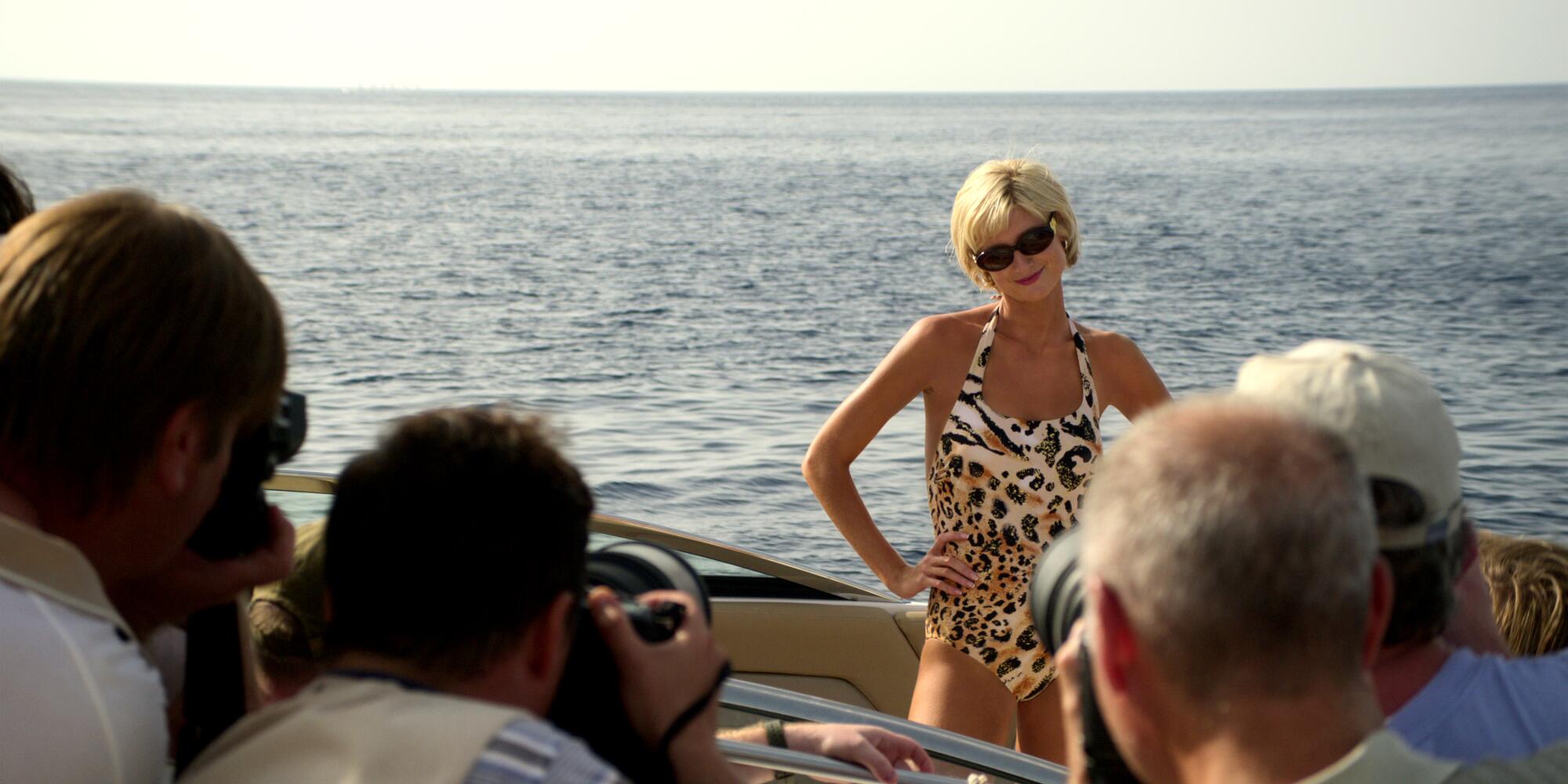
With a flock of photographers tailing her every move, the princess forms a connection with Mohamed’s son, Dodi (Khalid Abdalla), even though he is engaged to model Kelly Fisher (Erin Richards). Egged on by Mohamed, who views Diana as the ultimate prize in his quest to conquer the British establishment, Dodi woos Diana and the relationship soon becomes romantic. After a sun-soaked tryst aboard a Mediterranean yacht, the couple heads to Paris, where tragedy ensues.
Amy Roberts and Sidonie Roberts, the costume designers of “The Crown,” explain how they re-created the swimsuits that Elizabeth Debicki as Diana, Princess of Wales, wore for Season 6.
While the main facts of the story will already be familiar to most viewers of “The Crown,” the details combine to create a more nuanced emotional and psychological portrait of Diana in her final days — and make her death feel even more senseless.
“The accident was inevitable, and also avoidable at the same time,” said Christian Schwochow, who directed Episodes 2 to 4. “Very early in our conversations, we said there are 100 ways to tell this story, and maybe 95 or 96 would be completely wrong. We have to be very sensitive.” (Peter Morgan, who created the series, was not available for comment.)
For three seasons, Netflix’s “The Crown” has inspired viewers to research the royal family and British history. Wikipedia and Google data bear that out.
In his Oscar-nominated screenplay for “The Queen,” Morgan portrayed the aftermath of Diana’s death from the perspective of Queen Elizabeth II and Prime Minister Tony Blair. This season of “The Crown,” by contrast, focuses on Diana during what was a promising moment of transition for the 36-year-old, as she moved away from the confines of royal life and embraced her role as a global humanitarian. The first three episodes — “Persona Non Grata,” “Two Photographs” and “Dis-Moi Oui” — function almost as a standalone movie about Diana’s last weeks, while Episode 4, “Aftermath,” follows the anguished reaction to the accident.
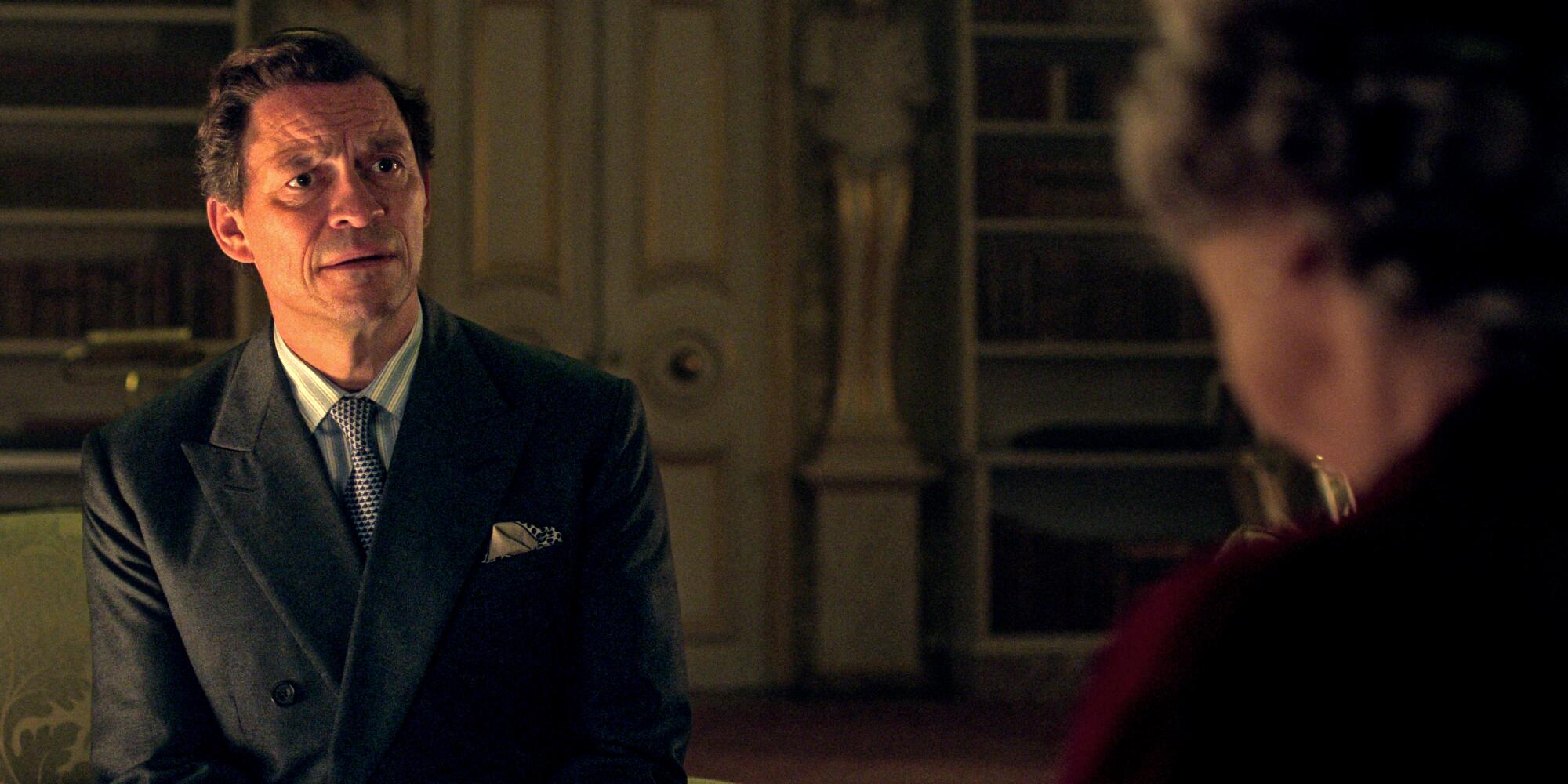
As “The Crown” has moved into more recent events — and particularly as it has revisited the doomed marriage between Diana and the man who is now King Charles III — Morgan and his team have faced intensifying criticism over their handling of the historical record. Before the premiere of Season 5, which depicted Diana’s 1995 tell-all interview with BBC News reporter Martin Bashir and other painful scandals from the ’90s, monarchist allies including Judi Dench pushed Netflix to add a disclaimer to the series.
And even though production on the final season was briefly suspended after the queen’s death in September 2022, conservative tabloids accused Netflix of retraumatizing the royal family by re-creating Diana’s funeral — all while publishing photos taken on location.
“We were always chased by paparazzi, no matter if it was in Barcelona or on the open sea. It felt a bit like something is repeating itself,” said Schwochow. “We always knew there would be a lot of attention on these specific episodes. But on the day when we did the actual work, we tried not to think about that too much. Because you can’t create art when you think about the perception of it all the time.”
The creative team had lengthy discussions about what “The Crown” would — and would not — depict. A consensus formed early on: Viewers would not see Diana’s dead body or images of the crumpled Mercedes-Benz. Although the third episode shows Dodi and Diana inside the car, looking fearful as they flee the paparazzi, the fatal collision in the Alma Tunnel is heard but not seen.
“We really, really care about these people, ” said Schwochow, “and we don’t want to exploit their personal tragedies.”

The series gives no credence to the various conspiracy theories surrounding the accident. Instead, “The Crown” adheres to the findings of a British inquest, which placed much of the blame on Paul, head of security at the Ritz Hotel, who drove the Mercedes while intoxicated.
“We very much followed the given facts,” Schwochow said.
The show’s research team gathered information from the various official investigations — including Operation Paget, the inquiry by the British Metropolitan Police that determined the accident was the result of negligence, not a conspiracy, as Mohamed Fayed alleged — as well as trusted books and documentaries.
“We needed to understand not only the timeline of the events that summer but also Dodi and Diana’s emotional states and the evolving nature of their short relationship,” Annie Sulzberger, head of research on the series, wrote in an email.
Because Dodi and Diana died in the same accident, their names will forever be linked. But the exact nature of their whirlwind romance, which began just a few weeks before that fateful night, remains open to interpretation. Just hours before the couple was killed, Dodi had picked up a diamond ring valued at $200,000 — which had been specifically advertised as an engagement ring, under the tagline, “Tell me yes!” — from the luxury jeweler Repossi.
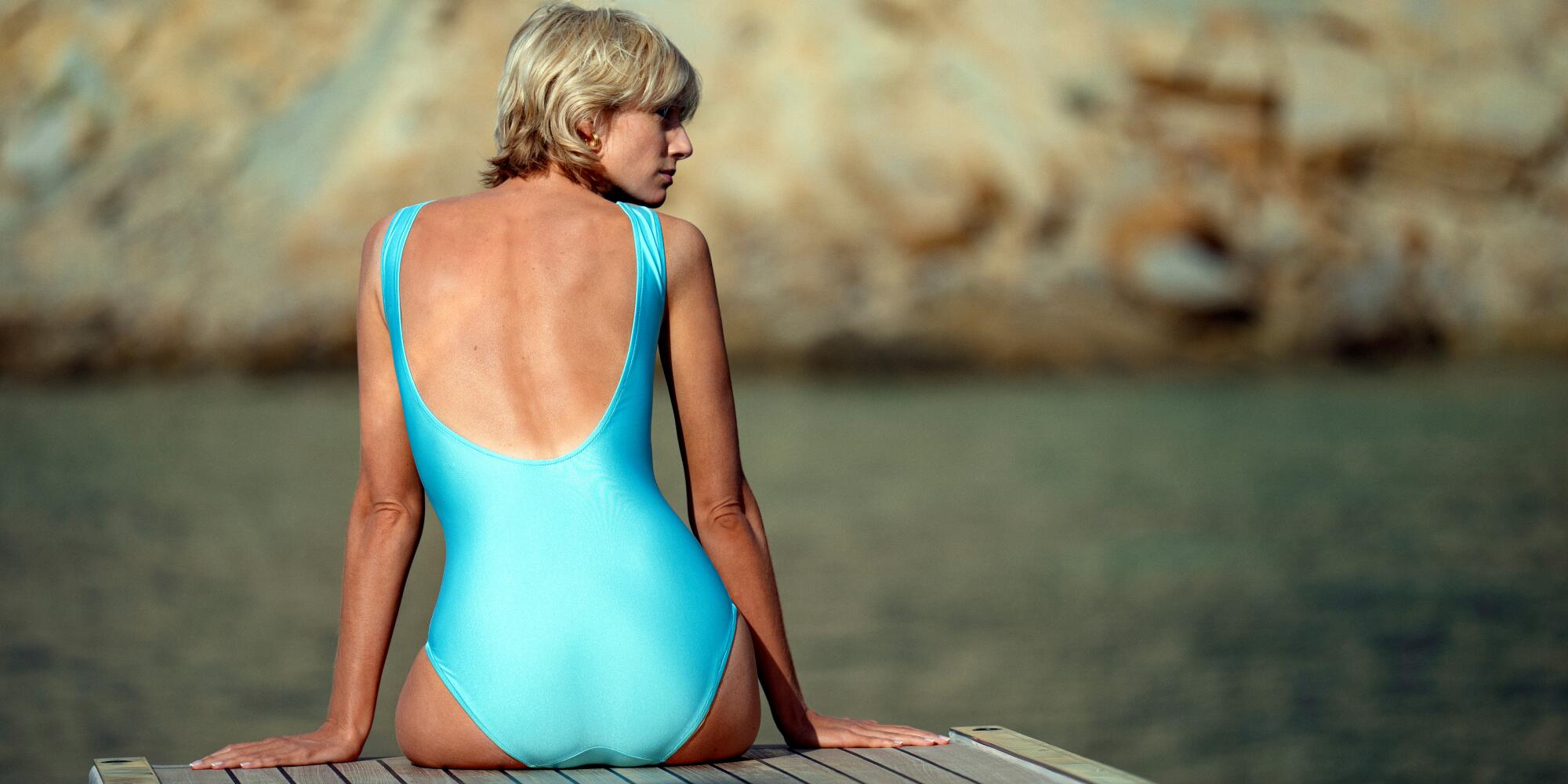
There are many, particularly in the Fayed camp, who insist that the princess was madly in love and planning to marry Dodi. During the 2008 inquest, Mohamed Fayed claimed that Diana had told him she was pregnant in a phone call shortly before the couple left the Ritz Hotel, which he owned, and that the couple was planning to announce an engagement.
Others, including people close to Diana like her former butler Paul Burrell, have been just as adamant that Diana was not interested in marriage and was still heartbroken over the demise of her relationship with heart surgeon Hasnat Khan.
“The Crown” lands somewhere between these two extremes, portraying Diana and Dodi as two wounded souls who bonded during a shared period of crisis but were probably not destined for a long-term partnership. The show suggests that Dodi pursued Diana — and callously cast his fiancée aside — to please his overbearing father, but he also sincerely seemed to enjoy her company and understood the loneliness of her rarefied lifestyle in a way that few people could.
Sulzberger began discussing the Dodi-Diana arc with Morgan about five years ago — well before the characters were introduced to the story. “We knew that to properly portray the final weeks of Diana’s life, and her death, we needed to also understand and depict the Fayed family starting in early [Season] 5,” she said.
The goal was to show “the emotional burdens of grief and possible culpability that drove Fayed into his decade of preaching conspiracy theories.”

By the time the COVID-19 pandemic struck in 2020, the production team was mapping out these four episodes in Zoom meetings, “discussing the various jaunts on the Jonikal, Mohamed Fayed’s role in the press attention on the couple, and the Repossi ring,” Sulzberger said.
The show’s five-person research team read many books and biographies related to the crash — the most authoritative of which was “Diana: The Last Days,” by Martyn Gregory, an investigative reporter. To paint a fuller picture of Dodi and Diana’s relationship, the research team relied on testimony from friends and confidantes who were interviewed as part of Operation Paget, such as Rosa Monckton, who vacationed with Diana in Greece that summer, and Daily Mail journalist Richard Kay, who spoke with Diana by phone shortly before her death. Dodi’s bodyguard Trevor Rees-Jones, the only survivor of the crash and a close witness to much of the relationship, also wrote a book about the experience.
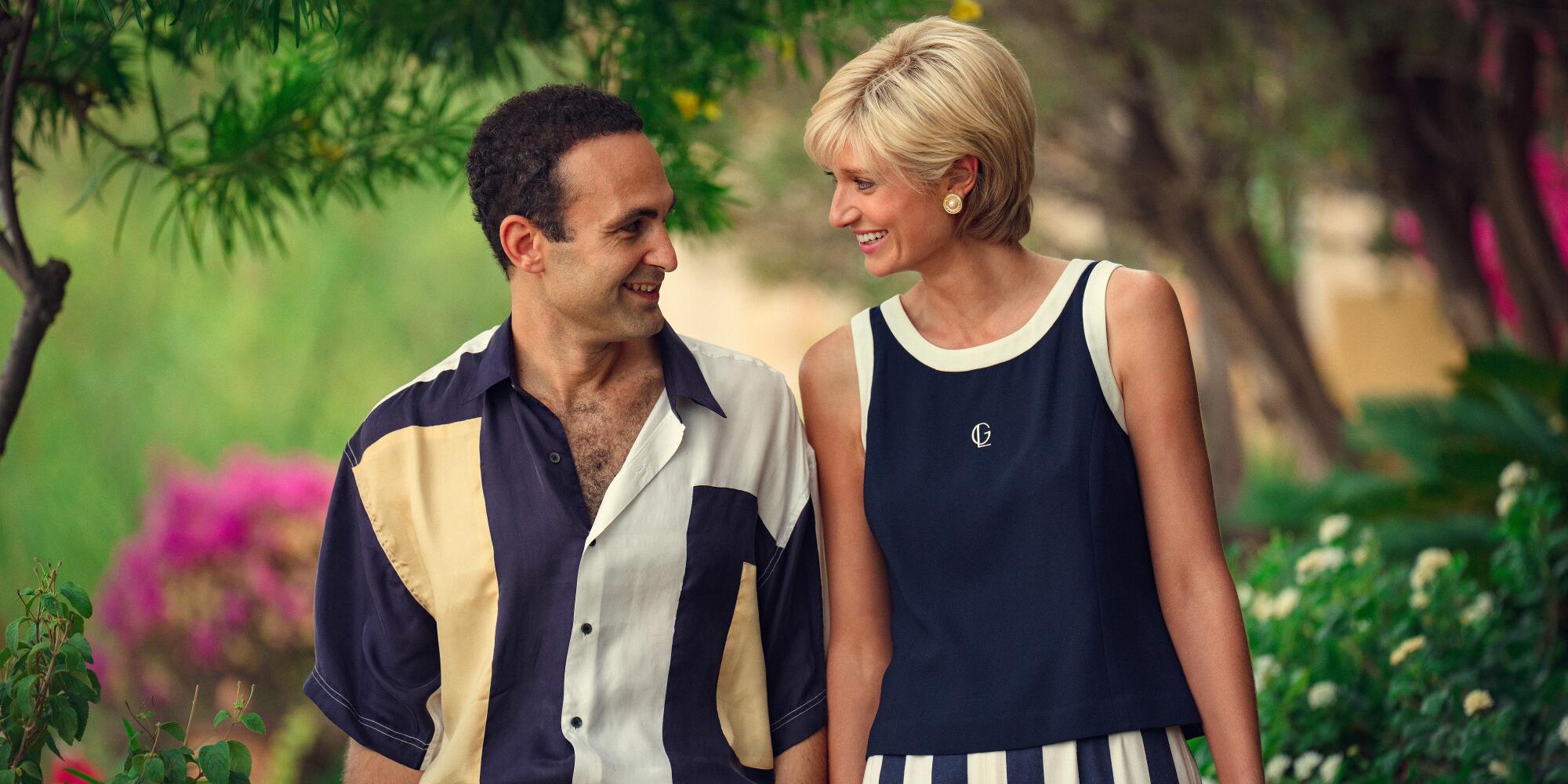
Alex Gabassi directed Episode 1, “Persona Non Grata,” which shows the origins of their romance. He said that while Morgan “was very keen on always saying that it was never love,” he wanted “to give ambiguity to it. I want the audience to read what they want to read.”
Episode 3, “Dis-Moi Oui,” focuses on their romantic Mediterranean sojourn and trip to Paris. In “The Crown’s” version of events, Diana and Dodi are dodging photographers in Monte Carlo and stumble into a Repossi store, where a ring catches her eye. Dodi picks up the ring in Paris, then hastily presents it to Diana over dinner in their palatial suite at the Ritz.
The research team retraced Diana and Dodi’s movements using witness testimony and even security camera footage. “What we cannot be sure of was Dodi’s ultimate motivation behind the gift. But we have a good idea of how Diana would have received the ring, if presented as an engagement ring,” said Sulzberger. “According to Monckton and others, such as Richard Kay, in Operation Paget, she would not have been inclined to accept a proposal.”
“I think we found a very good balance that feels like these are the events of the night and this is what could have happened between the two of them,” said Schwochow. “I hope it comes across that Dodi not only wants to make his father happy but he is [also] a lost character who believes this could probably work out. It’s immature — very boyish.
As the Netflix drama revisits a sordid chapter in royal history at an awkward moment for the monarchy, the Windsors’ allies are coming out against it.
“What we do know is that Diana was truly in love with Hasnat Khan and was very disappointed when this relationship didn’t work out. I think Dodi was a very caring man who would treat her really well. But honestly, within six weeks, can we talk about love? I don’t think so.”
Still, the director repeatedly watched security camera footage of the couple at the Ritz on their final night together and observed a certain intimacy.
“Even though the stress was enormous, and the pressure was incredible, they had their private moments where you could see that they really cared,” Schwochow said. “The way he touches her, the way they laugh together, the way they communicate. It did feel like more than just a summer romance.”
The episodes also render Dodi — often reduced to a footnote in the Diana saga — in a more three-dimensional fashion, as someone who struggled to escape his father’s shadow. “We don’t really know what the real Dodi is. Some people say he’s just a playboy, very shallow, but our Dodi is different. He’s troubled on the inside, and he’s got a lot of interior life,” said Gabassi.
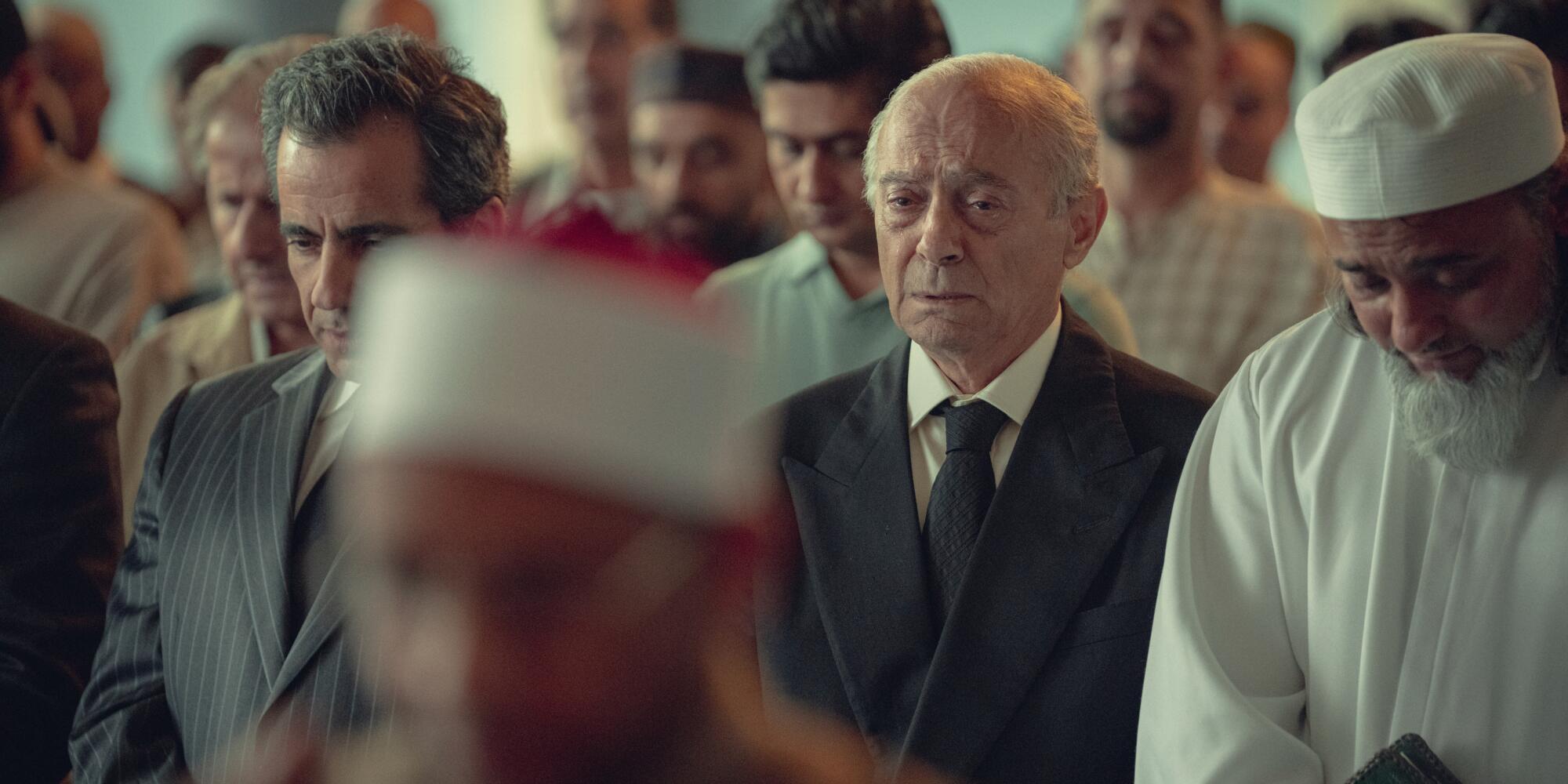
Episode 4, “Aftermath,” includes a somber depiction of Dodi’s funeral, shot at London Central Mosque in Regent’s Park — where the real event took place. “The whole world talked about her death and cared, but how many people actually cared about Dodi’s death?” said Schwochow.
The show’s research team proved indispensable throughout the production, digging up details that helped guide the actors’ performances to tell the story with emotional and historical authenticity. Schwochow recalls learning that Charles, according to one person who was there, howled “like an animal” after hearing the news of Diana’s death. Gabassi, who was eager to make dramatic use of a piano on board the yacht where they filmed “Persona Non Grata,” asked the research team whether Diana ever played the piano. (Turns out she did.)
“The Crown’s” take on Diana’s death, though grounded in research, is unlikely to evade criticism — or permanently quell the conspiracy theorists who want to believe it was caused by anything but bad decisions and rotten luck.
“When people who inhabit our collective imagination, as Diana did, are taken from us so quickly and inexplicably,” said Sulzberger, “we search for more meaningful reasons to make up for the accidental nature of such a loss.”
More to Read
The complete guide to home viewing
Get Screen Gab for everything about the TV shows and streaming movies everyone’s talking about.
You may occasionally receive promotional content from the Los Angeles Times.

